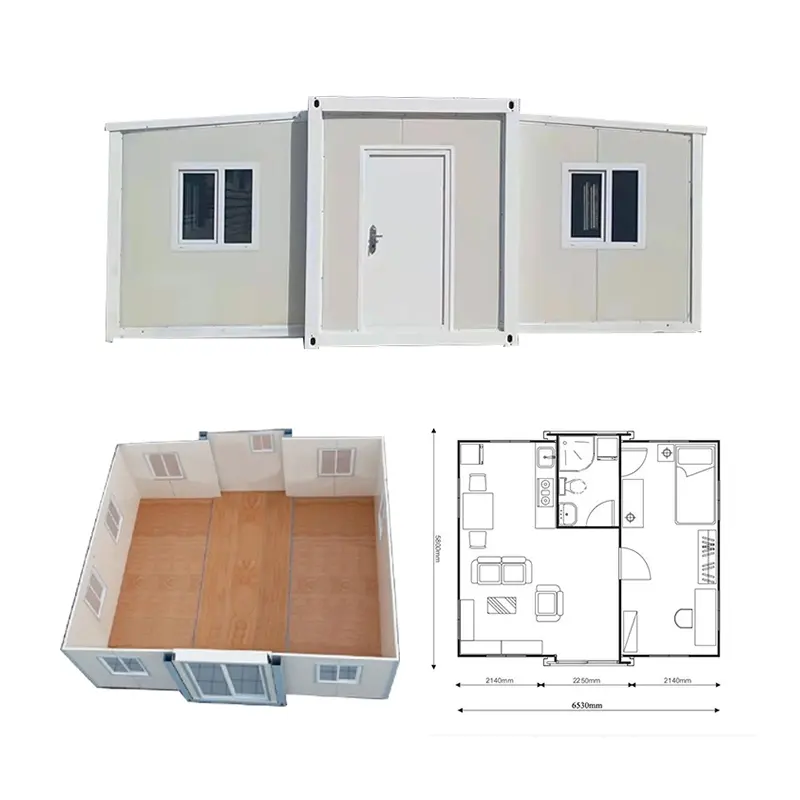Insulated Housing Built from Shipping Containers
In today’s society, there is a growing demand for sustainable and innovative construction methods. Shipping container homes have garnered attention as they not only provide an affordable housing solution but also achieve excellent insulation with the right design and technical approaches. This article explores how to construct homes using shipping containers while ensuring remarkable insulation.
Insulation Materials:
The foremost step is selecting appropriate insulation materials to reduce energy wastage. Commonly used insulation materials in shipping container homes include polystyrene boards, rock wool, polyurethane foam, and fiberglass insulation materials. These materials can be applied at crucial locations such as walls, roofs, and floors to minimize heat conduction and dissipation.
Eliminating Thermal Bridges:
To enhance the insulation performance of shipping container homes, it’s essential to avoid the creation of thermal bridges. Thermal bridges refer to the paths through which energy is transmitted through building materials, often leading to heat loss. By employing proper insulation materials, sealing materials, and insulation techniques, we can effectively reduce these paths, improving insulation performance.
Double-Layer Exterior Walls:
In shipping container home construction, a common practice is to utilize a double-layer exterior wall structure. This means adding an extra wall layer outside the shipping container to increase the thickness of the air insulation layer. This method can significantly improve insulation performance and reduce temperature variations between the interior and exterior.

Effective Door and Window Design:
Doors and windows are one of the primary sources of heat loss. Therefore, selecting high-quality, double-sealed doors and windows is crucial in shipping container homes. This prevents cold air and hot air from entering the home, providing additional insulation.
Application of Solar Technologies:
The design of shipping container homes can also include the application of solar technologies such as solar water heaters and photovoltaic panels. These technologies reduce reliance on conventional energy sources, offer clean energy to homes, and cut energy costs.
Proper Ventilation and Humidity Control:
Maintaining appropriate ventilation and humidity control is equally important for insulated homes. Excessively humid environments can lead to mold and corrosion issues. Thus, designing an adequate ventilation system is crucial to ensure indoor air quality.
Regular Maintenance:
Lastly, regular maintenance is key to maintaining the insulation performance of shipping container homes. Regularly inspecting insulation materials, doors, windows, roofs, and walls, and performing necessary repairs and replacements, helps sustain the insulation efficiency of the homes.
In summary, through suitable design and material choices, shipping container homes can achieve outstanding insulation performance. This not only reduces energy waste but also provides residents with a warm and comfortable living environment. In the future, we can expect to see more shipping container home projects, as they become an attractive option for sustainable housing.
